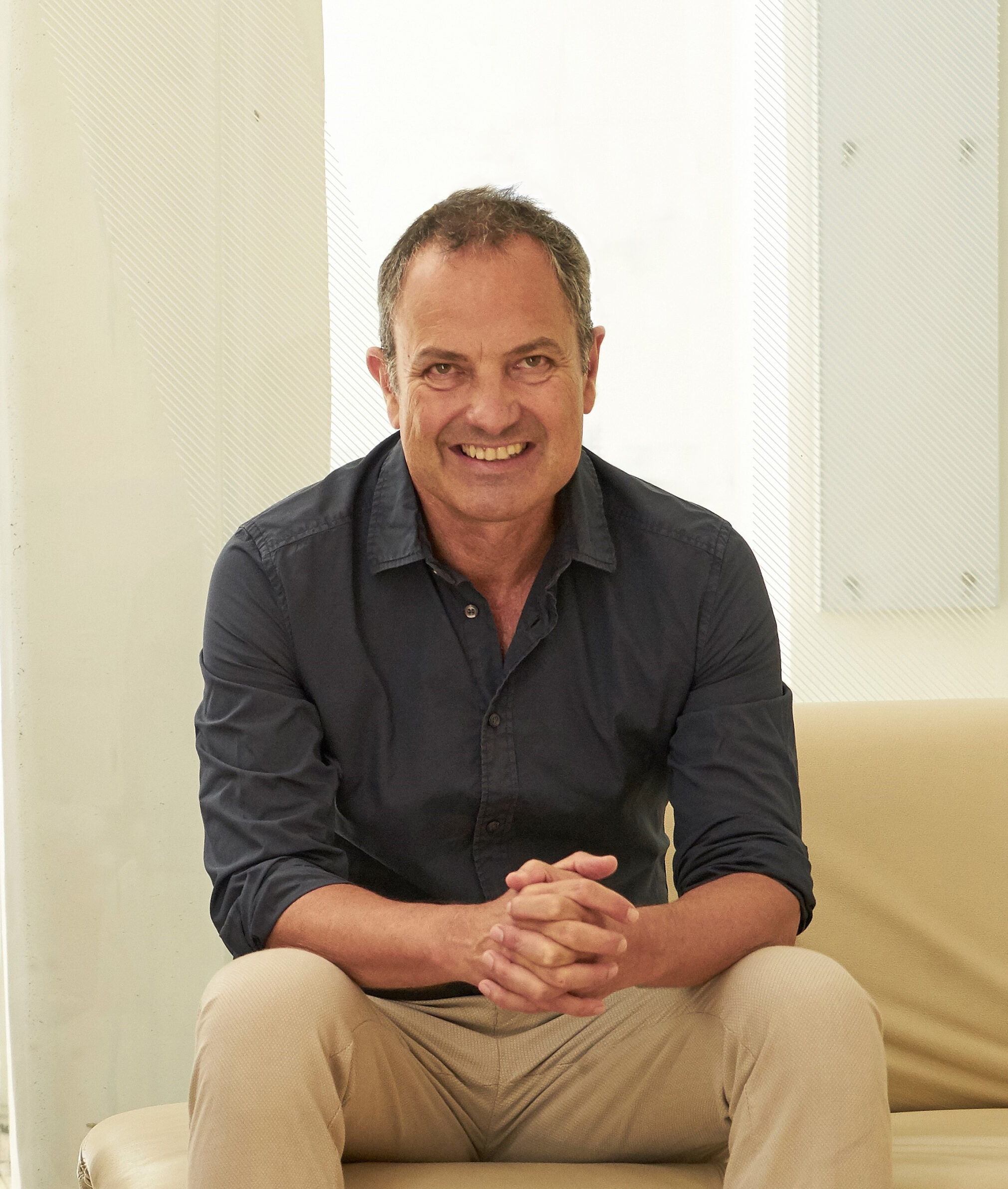Buildings that are designed to be beautiful, are admired and cared for, and so they will last longer
At the European Architecture Summer Schools (EASA) in Scandinavia in 1997, I met a Maltese team headed by Konrad Buhagiar, who was also a national mentor there. It was immediately clear that he was a very interesting personality, and a year later, at the next European meeting in Malta, we deepened our acquaintance. In the meantime, AP Valletta, which he founded with three other partners, has become the largest, most articulate and influential architectural practice on this remarkable island, full of rich history, starting with the unique Neolithic temples, continuing with archetypal antiquity and the prolific Mannerism, and finally ending with the ubiquitous Baroque, all carved into the warm local sandstone.
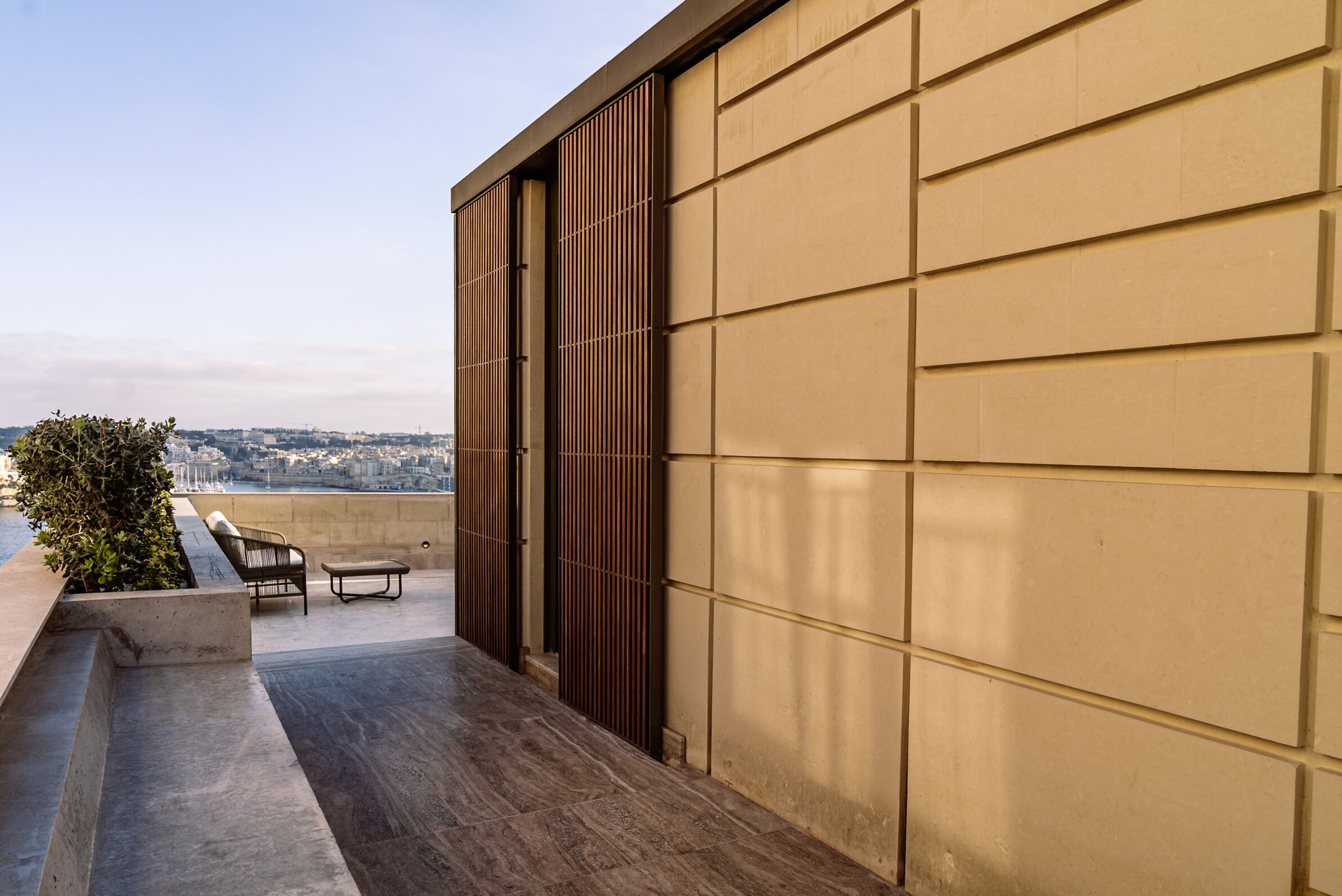
Valletta Townhouse, Valletta, Malta, 2021. Authors: AP Valletta in collaboration with MTGF Design Studio. Photo: Andrew Mizzi
The colonial influences of the various European royal houses and an interesting 20th century have added to the cosmopolitan spirit of the island as a whole. AP wants to continue this tradition of inscribing the transient yet eternal local stone through classically contemporary architecture. But they not only manifest an interesting body of different architectural works – from small beginnings to large recent ones – but also publish different books, organise lectures and symposia and try to influence architectural policies on the island, which, despite its remarkable history and isolation, is unfortunately not immune to various social issues. Konrad will certainly present his island, his affinities and life story and his studio’s work convincingly and with all his erudition.
What attracted you to architecture?
Malta is a small island, and everything happens on your doorstep. When I was a small boy, building was not rampant as it is today, but, as we went about our simple, routine lives, we came across new buildings rising from the ground often enough, their walls fresh and white and still damp with quarry sap. I was always attracted to the building trade. The unfinished qualities of a site of works, the stones, the dust, the unchoreographed dance of builders on ladders and in hollows in the ground, never failed to fascinate me.
But I would say that my first discovery of architecture happened while I was studying French in Besançon. I was sixteen. On one of our class outings we visited a church on the top of a hill. It had nothing of the orthogonal, cubic qualities of the buildings I had encountered until then, and it blew my mind. The church was Notre-Dame du Haut by Le Corbusier. I’ll never forget its sculptural form, the projecting sail-like roof, the coloured light streaming in from the stained-glass windows, the mystic aura of its interior.
Can you talk about a particular experience that shaped you in a certain way, and influenced your work?
A lifetime of designing windows had not prepared me for the startling moment when I once stood at the huge, inclined window at MAXXI in Rome. Having lost my friends somewhere in the meandering spaces of the building, I found myself alone at the exhibition of Zaha Hadid’s designs for objects and furniture in the end gallery. I lingered there, looking out at the deepening purple sky spread against the tilted glass. The reflections of the undulating cabinetry at the exhibition mingled with the curvilinear street furniture below, giving me the thrilling and slightly terrifying feeling of an invisible presence. Zaha Hadid’s soul was there for sure, hanging around in the evening light, and I felt at one with an unending stream of thoughts and existence, at one with Hadid and all the architects who have shaped the Eternal City. Today, as we design and build, I can’t help trying to imagine the emotions the building will evoke tomorrow.
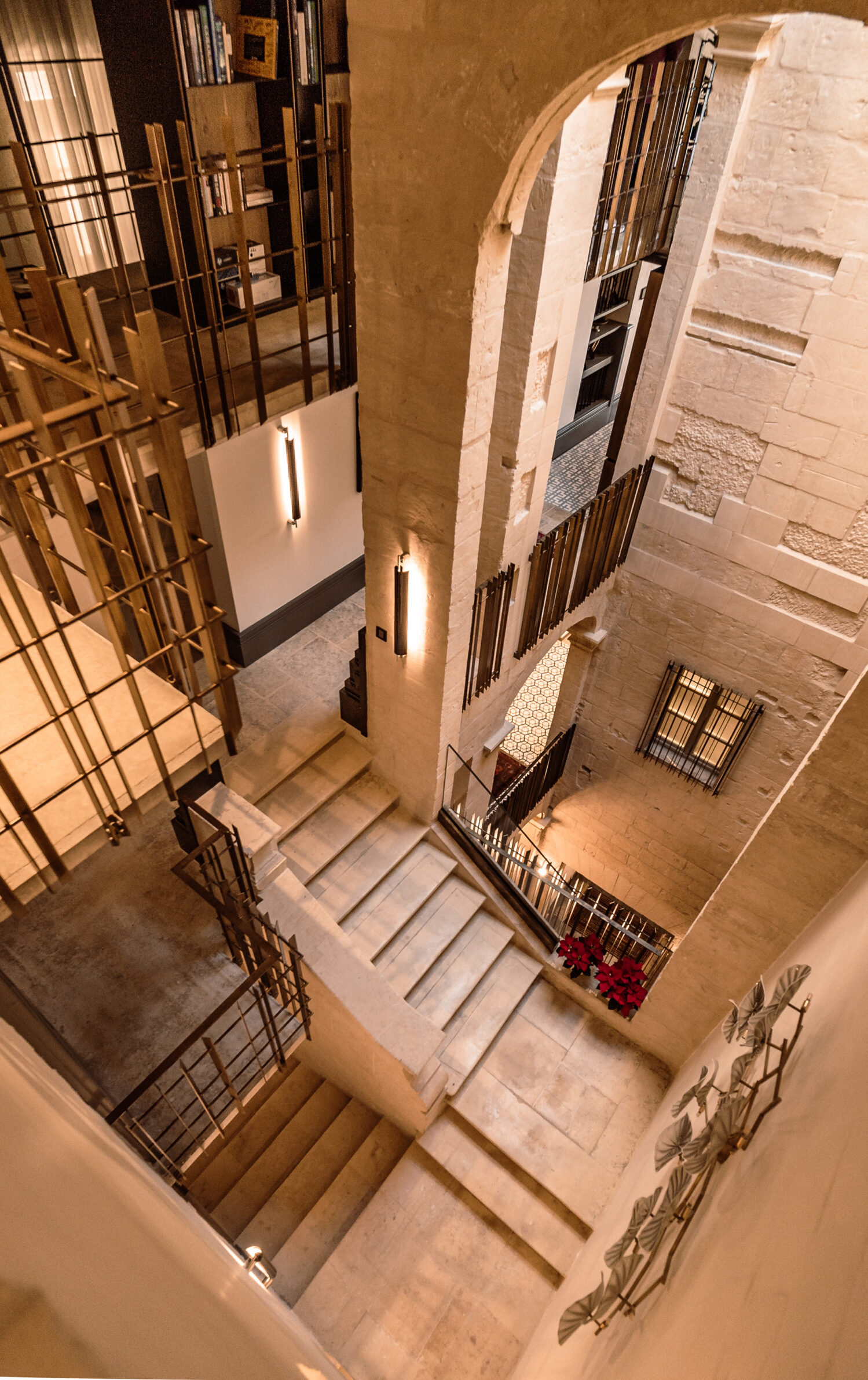
Valletta Townhouse, Valletta, Malta, 2021. Authors: AP Valletta in collaboration with MTGF Design Studio. Photo: Andrew Mizzi
How important is the physical, cultural, spiritual context of Malta to your work, and how is it reflected in it?
The punctured cubic forms that characterise this Maltese building tradition date back to the first millennium BC. Ramparts, fortifications, vernacular buildings, terraced walls and open fields are juxtaposed harmoniously to form a complex composition where nature and architecture are intertwined to form an expressive landscape.
Maltese stone is often, in our case, a fundamental choice. This is not gratuitous. For the perception of stone as a building material, has today, in a world enamoured of the relentless progress of technology, lost its ancient privilege. We believe that its original deeper sense can be recovered. For us, the use of limestone is not only dictated by its aesthetic and formal qualities, but expressly for its potential as a container of national significance, for the ground can be considered to be a perfect symbol of cultural, ethnic, and national identity, where the confluence of the historical and the mythical, individual and collective takes place.
How do you understand the relationship between the universal and the local, or regional, within the architectural tasks?
Suggestive parallels exist between literature and architecture. A great example of a literary place which is quintessentially local is Macondo, the fictional town that García Márquez created as a backdrop to his multi-generational story of the Buendia family in One Hundred Years of Solitude. In spite of its isolation and detachment from the outside world, this small, provincial town is susceptible to periodic irruptions from the outside: benevolent ghosts or herculean drowned men washed ashore, or old men with wings dropping unexpectedly into someone’s backyard. Nothing is absolutely local, and no local custom, tradition or habit is free from contamination from outside. Indeed, it is this contagion that keeps tradition alive and vibrant. Besides, the vicissitudes of the smallest community, no matter how humble, have global relevance. Everything is connected. Literature abounds in examples of small-town, insular stories with universal significance. Architecture could, and should, have this quality too.
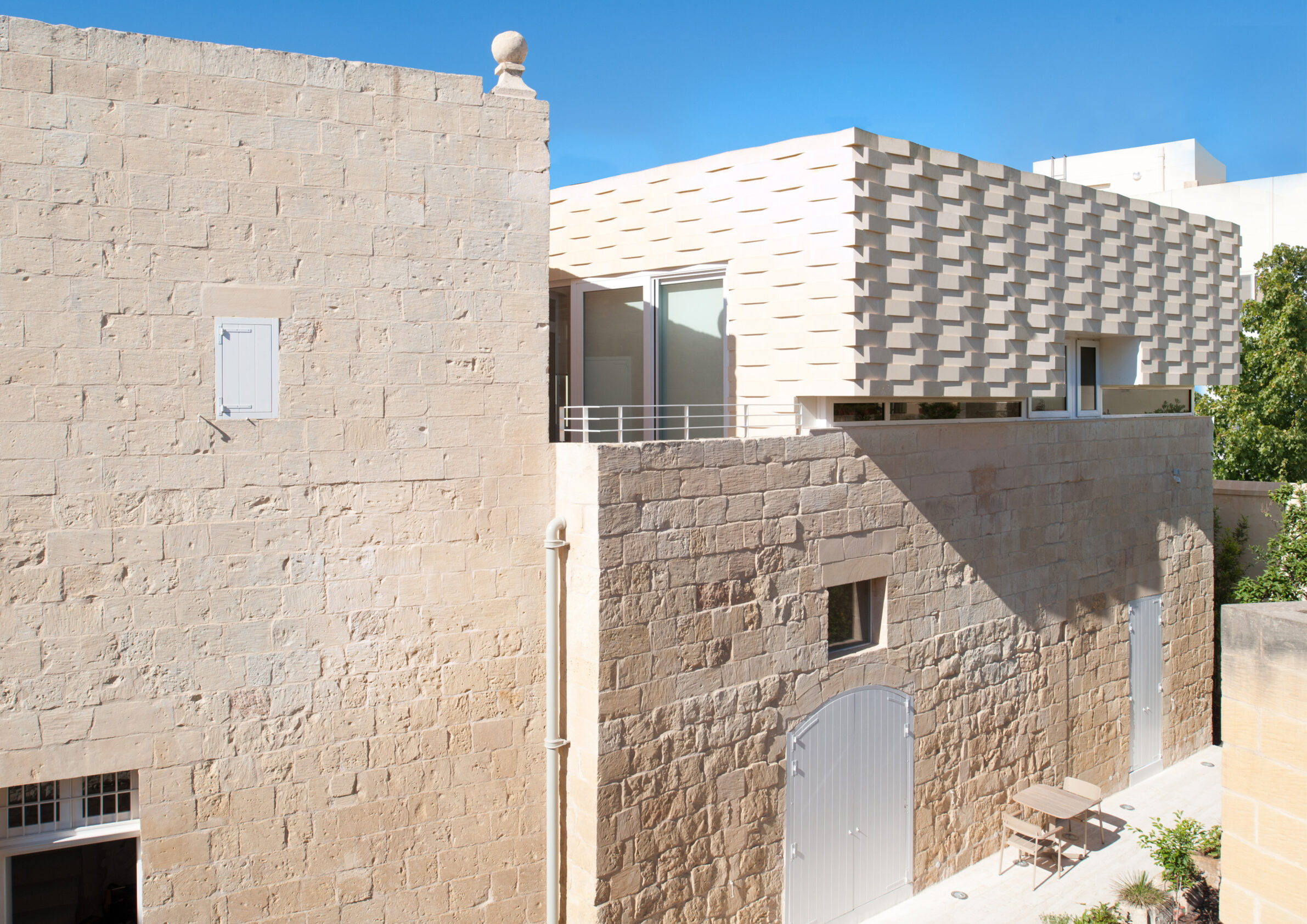
The Coach House, Balzan, Malta, 2010-2017. Authors: AP Valletta. Photo: Cyril Sancereau
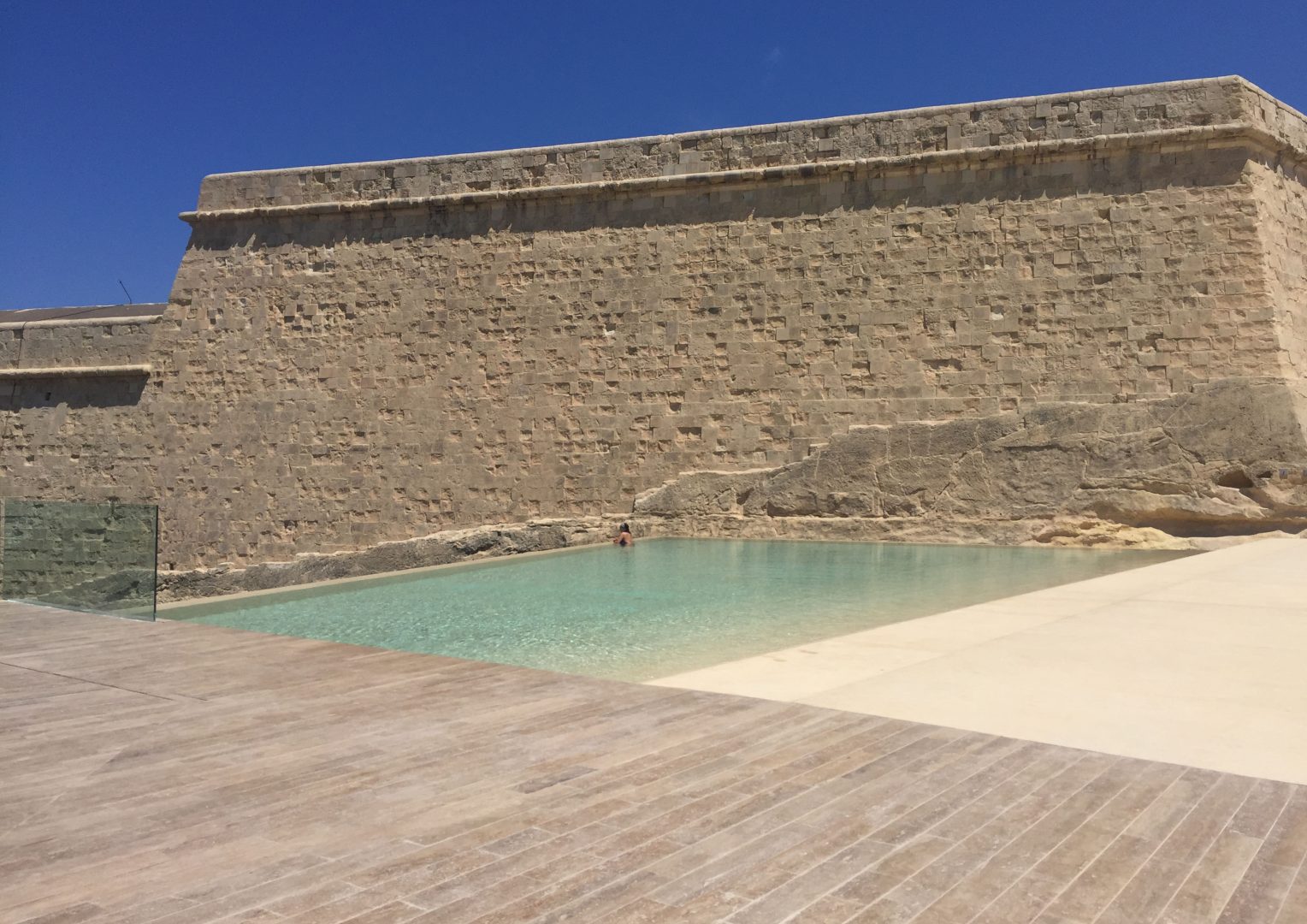
Phoenicia Spa, Floriana, Malta, 2019-2020. Authors: AP Valletta. Photo: Julian Vassallo
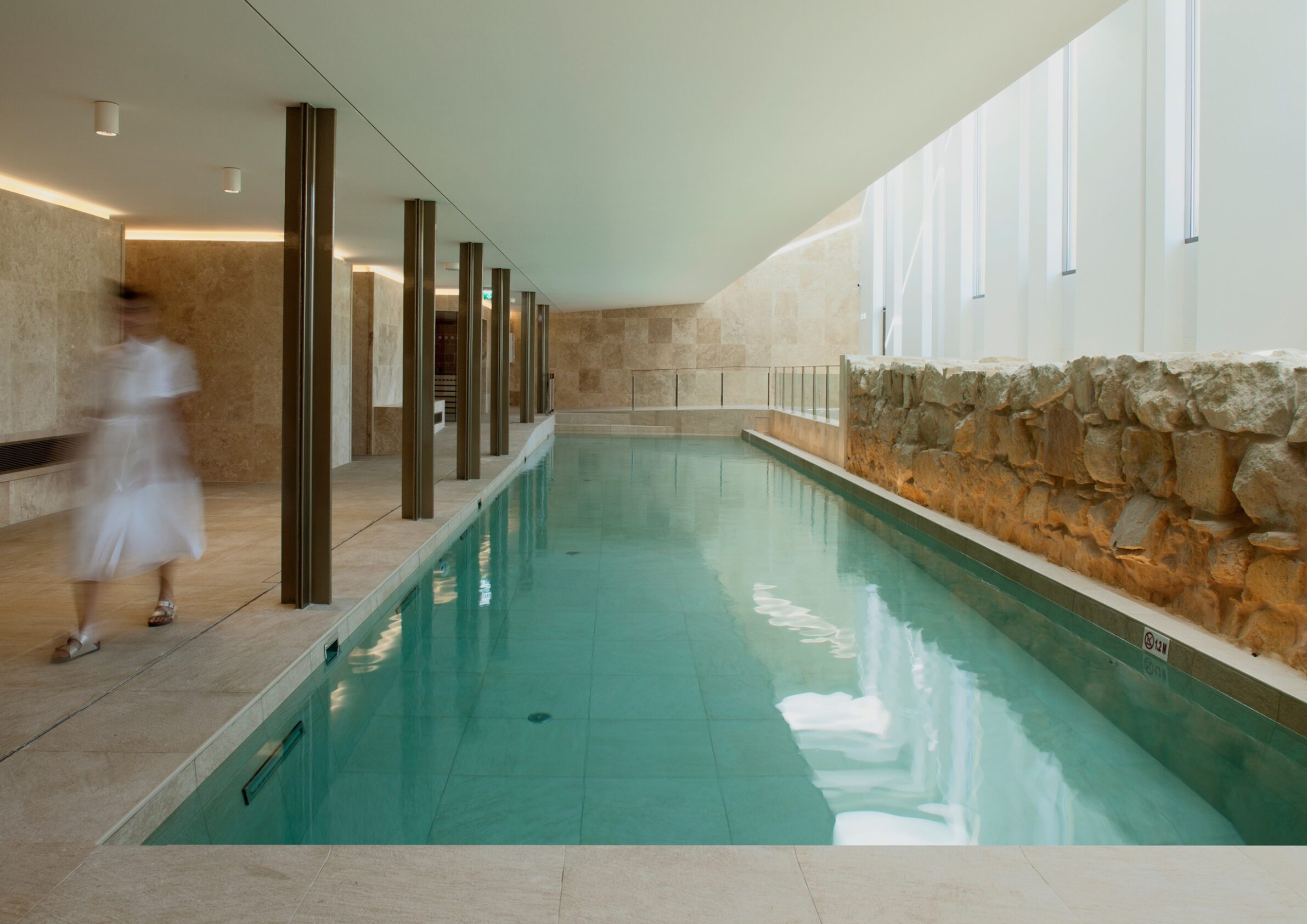
Can you talk a little about how the work actually takes place in your office?
There are around fifty of us, divided into several teams each relating to a different task and phase of the project: architects, structural engineers, urban planners, interior architects, historians and researchers, property valuers and general administrative staff. The office is like a living organism composed of a variety of parts with a unity between them and healthy interdependence to provide all the expertise necessary to translate the clients’ and society’s requirements into ideas, and ideas into physical form. A hierarchy is necessary, but participation is so strong at all levels that often a new member of the team will contribute to a novel direction that’s adopted by the office as a whole.
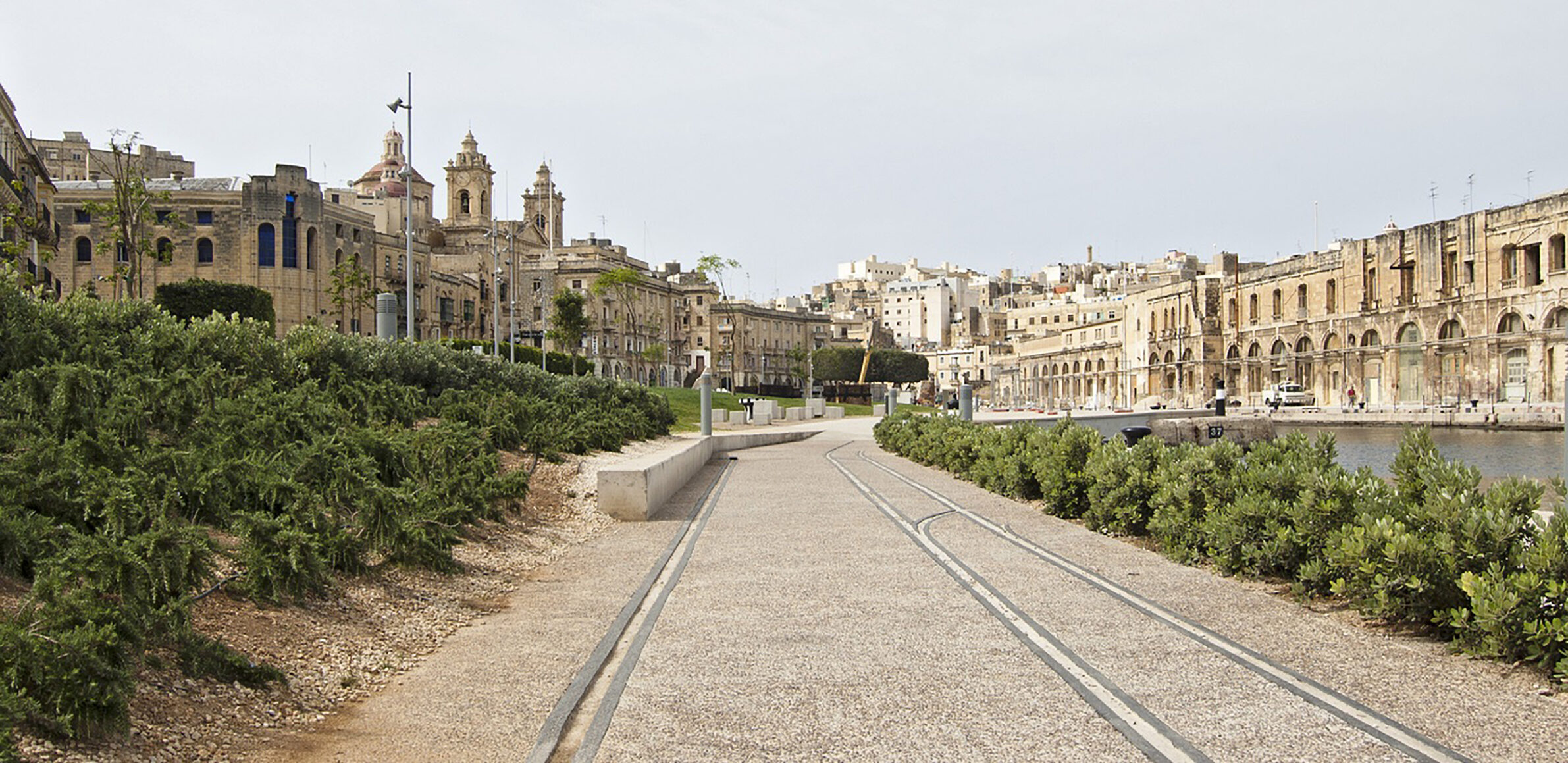
Which project are you most deeply involved in at the moment?
Today, I am involved in a fascinating centuries-old story that started four hundred years ago when Isabella, Infanta of Spain and Portugal, Governor-general of the Netherlands, collaborated with Peter Paul Rubens to design a set of tapestries that would describe the Triumph of the Eucharist. The set of monumental tapestries was presented by the Infanta to the Monasterio de las Descalzas Reales, where they decorated the convent church on important occasions.
More than half a century later, Ramon Perellos y Roccaful commissioned a full set of these tapestries as a gift for the Co-Cathedral of St John in Valletta, on his election as Grand Master to the Order of St John. The 29 tapestries were hung in the Cathedral every year on the Feast of St John, but centuries of handling, inappropriate storage and harmful lighting and climate conditions have taken their toll on these rich but delicate images made from silk thread. We have been commissioned to design a new museum that includes a monumental stone box, a reinterpretation on a giant scale and in stone, of a reliquary to house this precious set of tapestries.
What is the relationship between research and analysis, and the creative part of the design process?
A large part of our work involves restoration and preservation, alteration, and adaptation of old buildings and historic contexts. This means that we need a good understanding of the factors at play and, to achieve this, a transdisciplinary approach is adopted from the early stages of the project. This enables information and knowledge to be collected from stakeholders and from across the various disciplines involved, from archival research, non-invasive investigations, the analysis of site conditions to information gathered and documentation prepared during the project implementation phase itself. This approach allows creativity and research to connect in a fluid and non-dogmatic way.
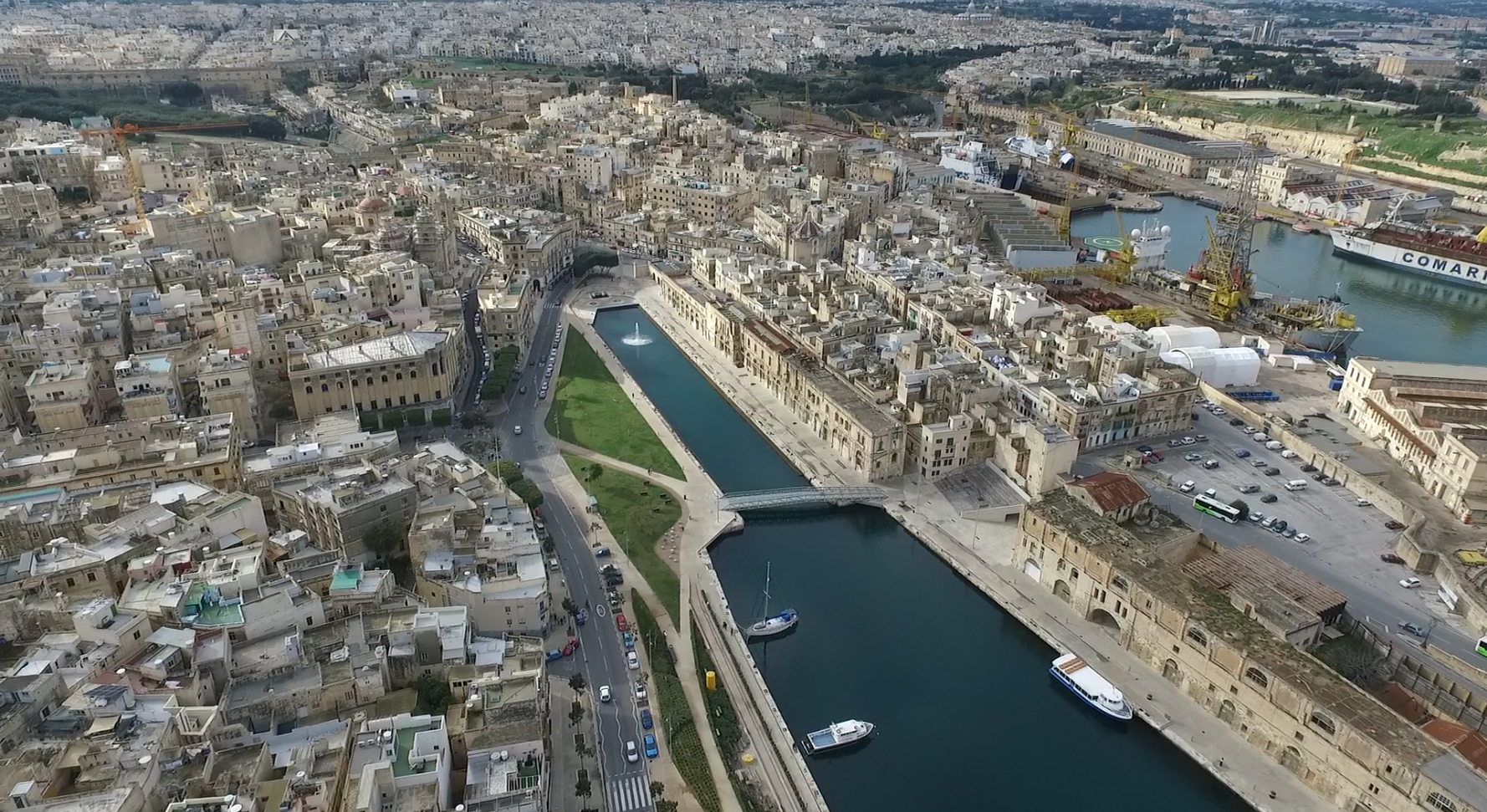
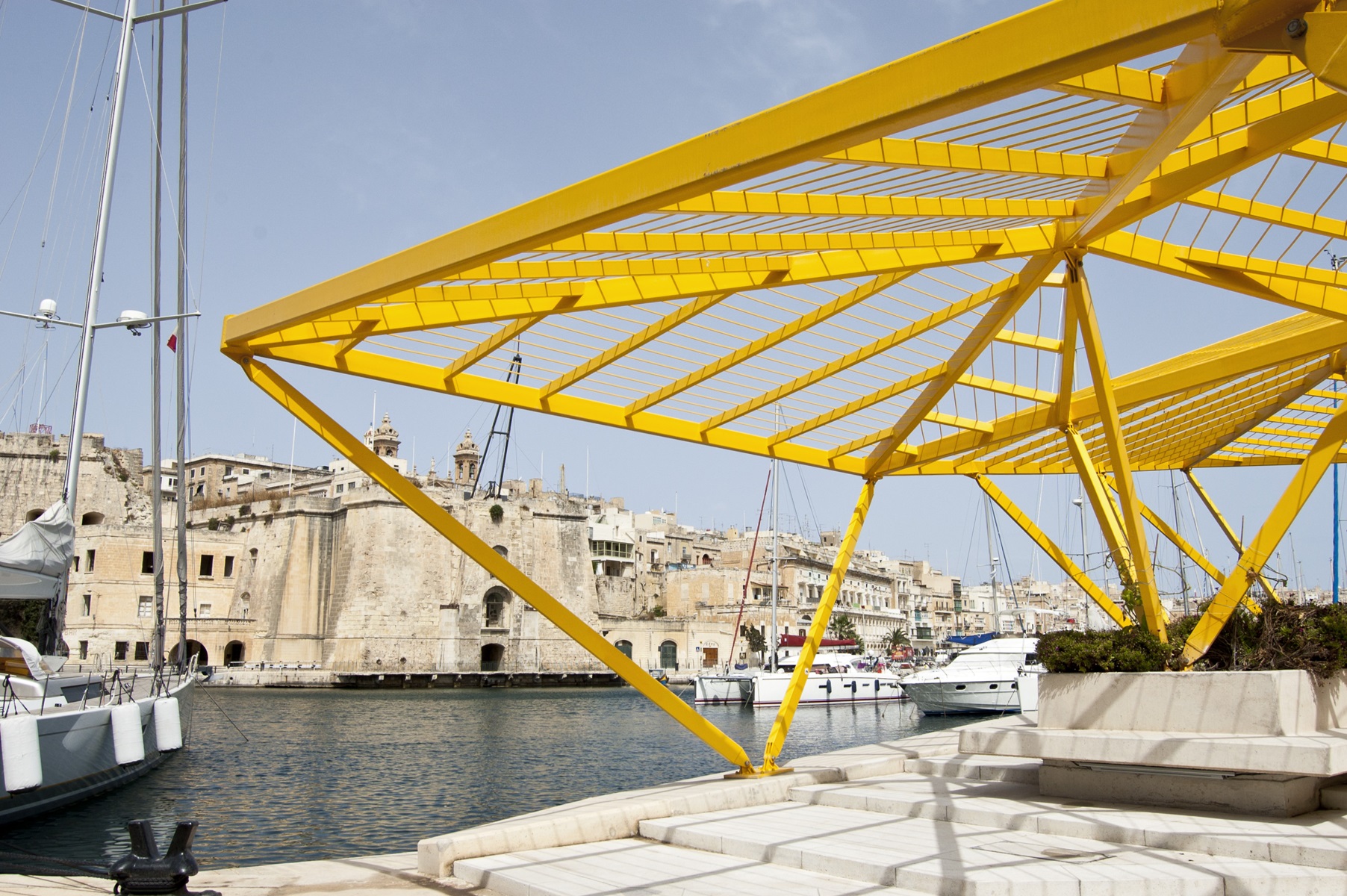
Dock N.1, Cospicua, Malta, 2009-2015. Authors: AP Valletta. Photos: Patrice Peyre, Luis Rodriguez Lopes
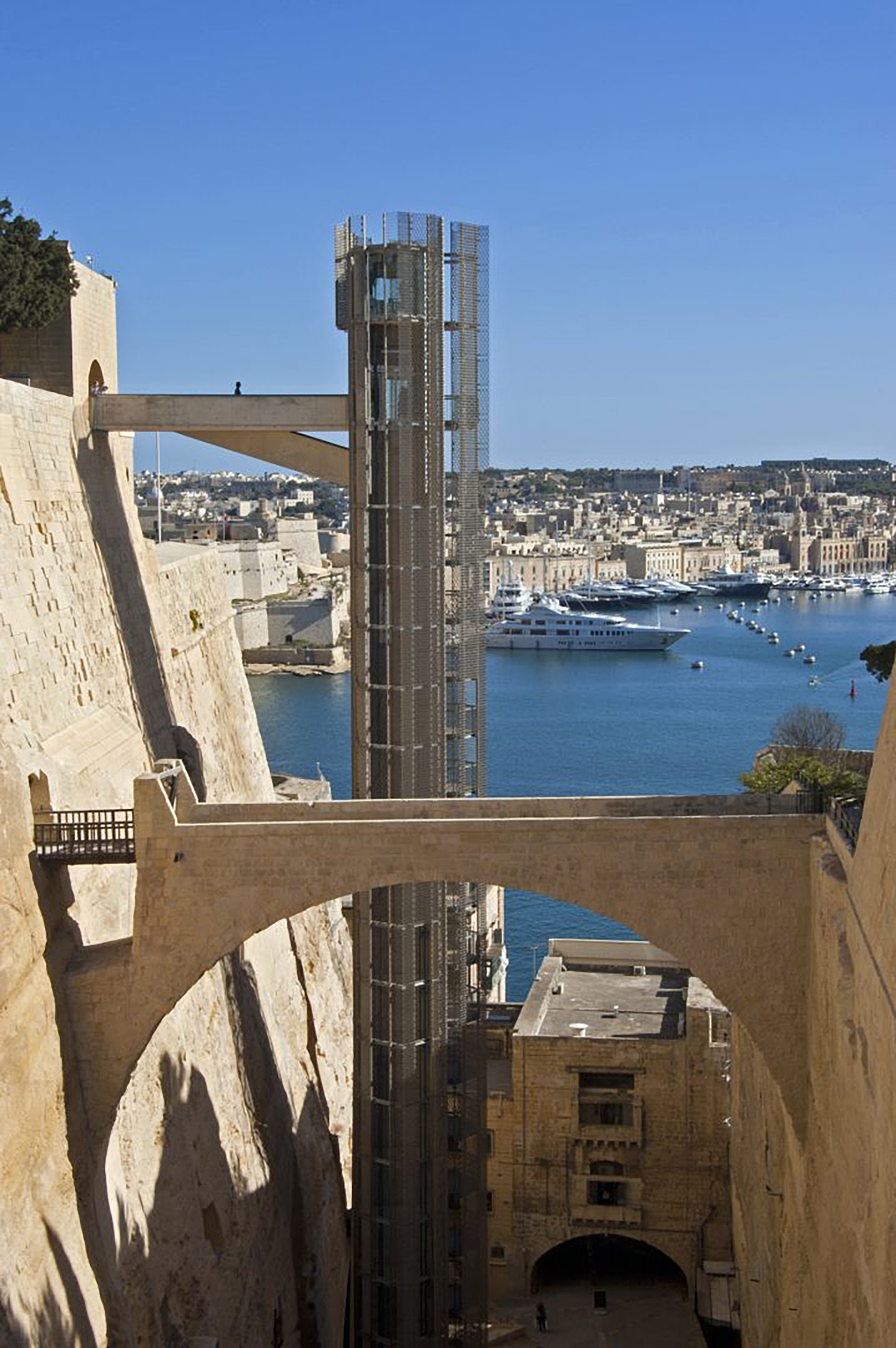
Barakka Lift, Valetta, Malta, 2009-2013. Authors: AP Valletta. Photo: Luis Rodriguez Lopes
How do you see the role of beauty within your work?
Sometimes a book lands in your lap and your life is forever changed. That’s what happened to me one day when, aged ten, a book arrived in the post from London. It was sent by my aunt who ran an Oxfam charity shop in Hampstead. It was an abridged version for children of The Lives of the Painters by Vasari.
Hardly had I started to venture into the book than I was sucked into a world made of sumptuous colours and golden light. Stories of artistic achievements and rivalries filled its pages. They were crowded with anecdotes about coveted commissions, gorgeous models and wayward monks, and descriptions of saints and mythological heroes, too. All this vibrant life was set against a serene Florentine landscape dotted with fortified hilltop towns and distant lines of cypress trees behind a veil of shimmering morning mist.
Three years later, I visited Italy with my family. The Uffizi was the focus of our artistic peregrinations. I remember being fascinated by the corridor-like building and the rows of columns that connected the Piazza della Signoria to the banks of the Arno and Palazzo Pitti on the other side. At the foot of the colonnade groups of people formed a lively foreground to the building. I could imagine Giorgio Vasari, my hero, plans and models at hand, discussing the social benefits of his urban project with his client, Cosimo I de’ Medici, and inspecting the works as columns began to spring up from the ground.
I could write a thesis about the role of beauty in our work, but somehow it all reduces to this: my youthful discovery of beauty in the world, and my desire to participate in the dizzy trajectory of aesthetic sensibilities handed down uninterrupted and reaching me on that fateful visit to Florence many years ago.
How would you briefly define your human and professional philosophy or outlook on life?
In a world where buildings are consumed like any other disposable item, some special buildings are imbued with a timeless spirit. They belong to mythical time, to the realm of the eternal and cosmic. They provide an anchor against the shifting tides of fashion and taste. Man looks at these buildings searching for the reasons why they have remained so meaningful over the centuries. Answers to these timeless questions have been recorded in countless ways, from paintings to architectural criticism, from travellers’ journals to poetry.
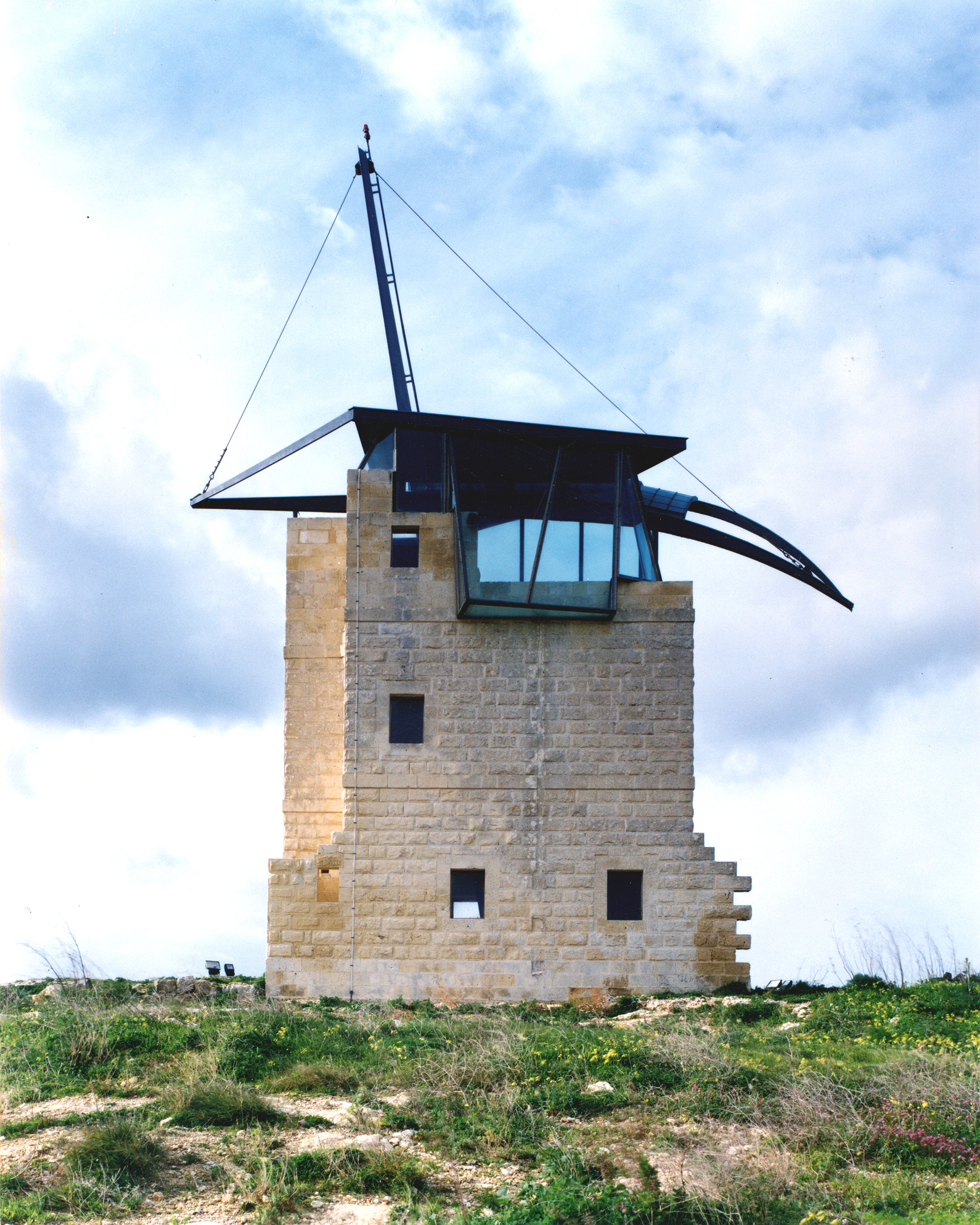
Kenuna Tower, Nadur, Malta, 1999-2000. Authors: AP Valletta. Photo: Davd Pisani
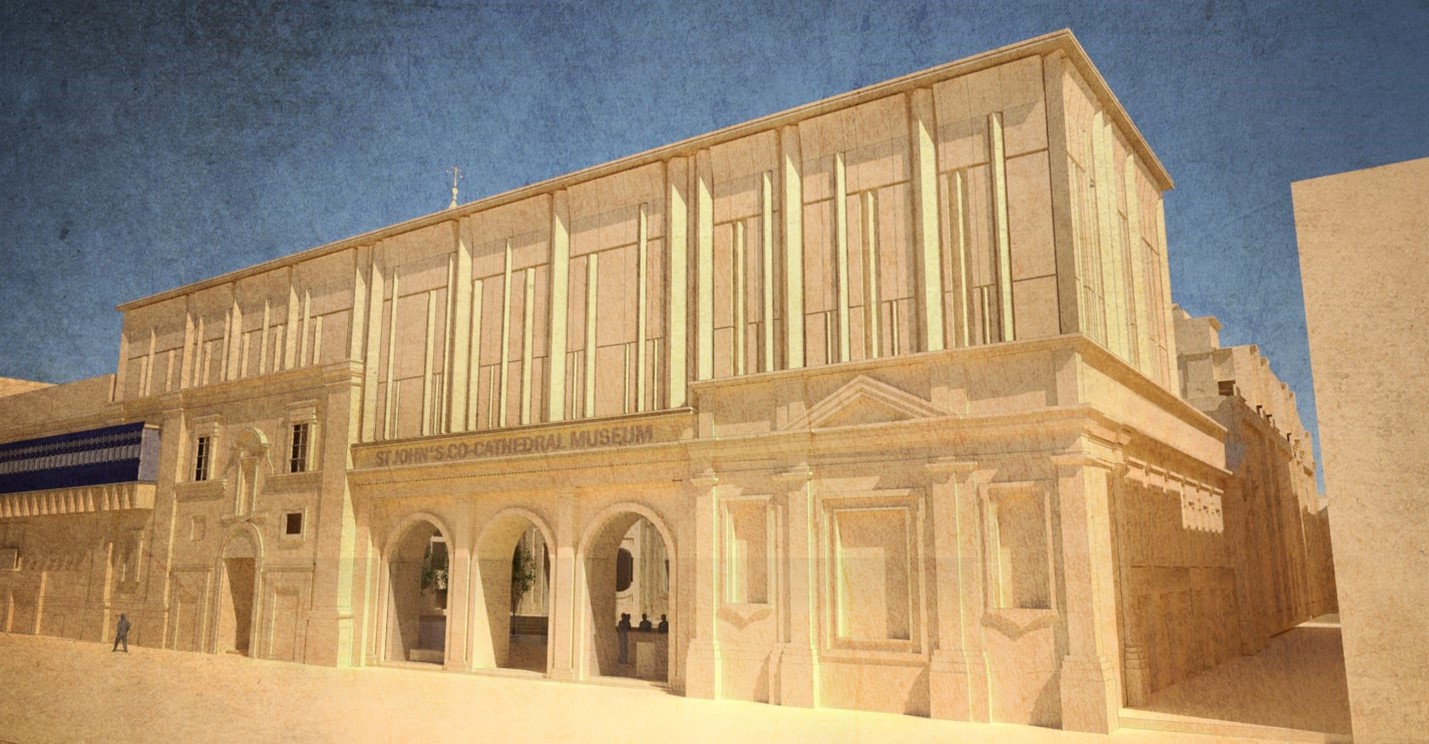
At AP Valletta, we strive to produce work that is built for longevity. We try to understand why the buildings of the ancients continue to inspire awe, motivating us to preserve them and to hand them down with pride to the generations to come. We would like to emulate them and embed these magical qualities in our own buildings. This is what sustainability means to us. If buildings are designed to be beautiful, then the chances are that they will be admired and cared for, with the result that they will last longer.
What is your advice to young people entering the field of architecture in these times of crisis?
Architecture is an activity that provides spaces for people to meet, to share ideas and experiences, to live and love and create memories, to do business and change the world generally. It is the opposite of destruction. It stands for peace. The world we know and enjoy was built from the goodwill, vision and labour of our forefathers. As architects, we have the tools to build on this. It’s a great privilege.
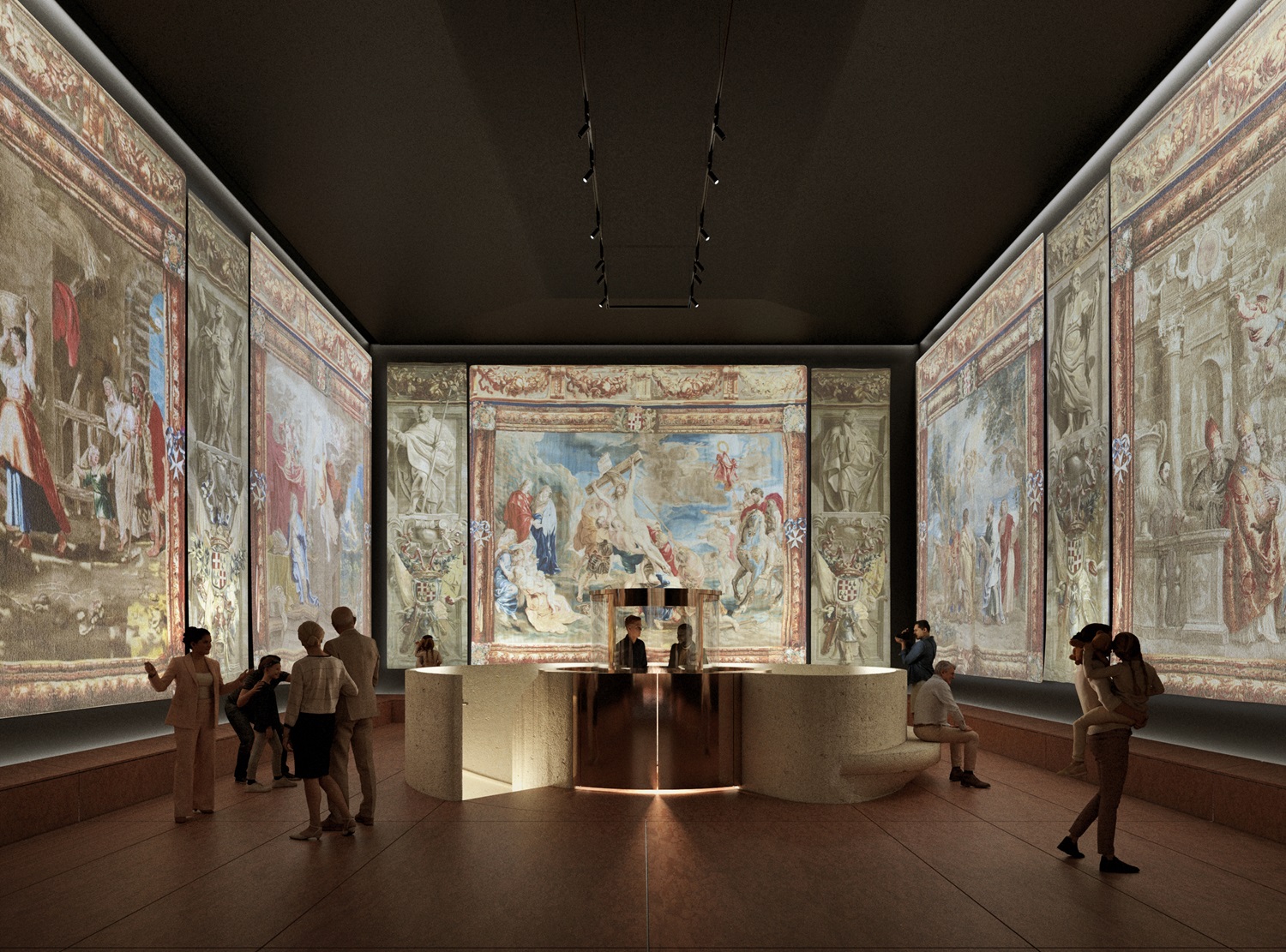
St John’s Co-Cathedral Museum Extension, Valletta, Malta, 2013- ongoing. Authors: AP Valletta. Visualisation: AP Valletta
Text: Aleksander Ostan
Photographs: personal archive, Andrew Mizzi, Cyril Sancereau, Julian Vassallo, Patrice Peyre (2), Luis Rodriguez Lopes, David Pisani
Visualisation: AP Valletta


